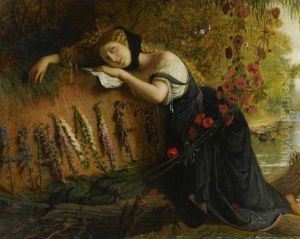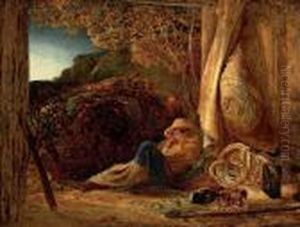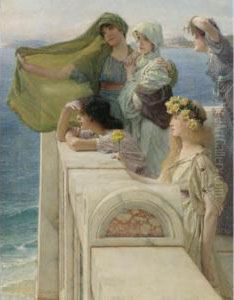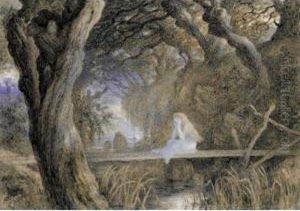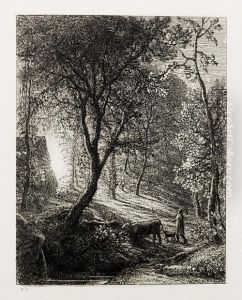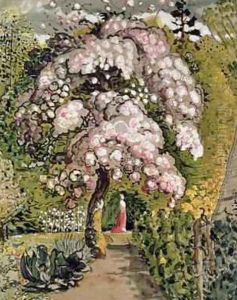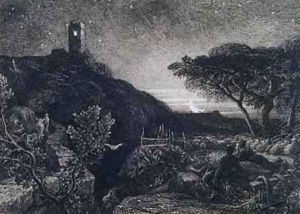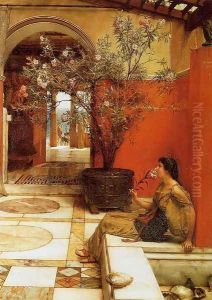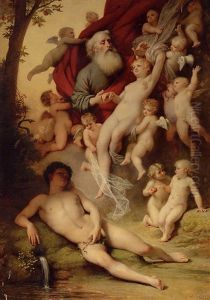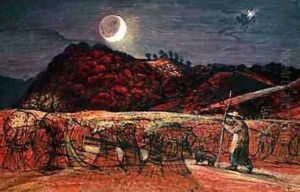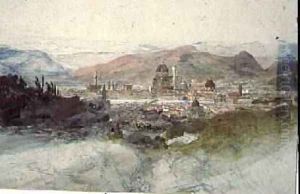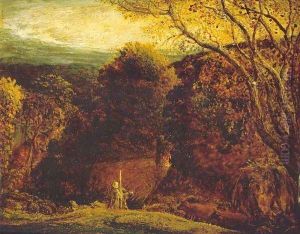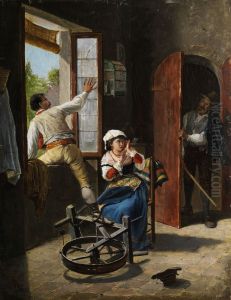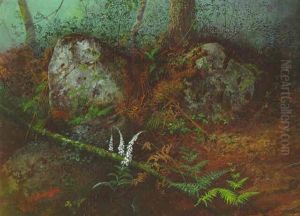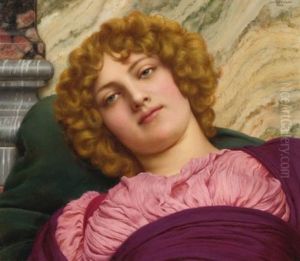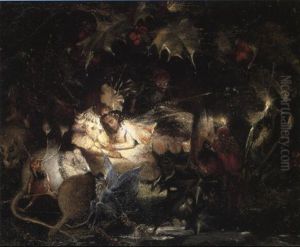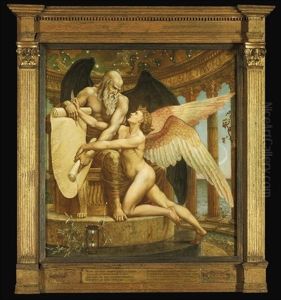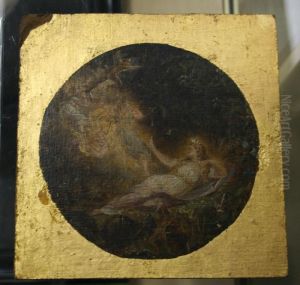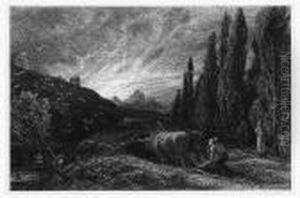Pre Raphaelite Movement Paintings
Discover the Enduring Beauty of the Pre Raphaelite Movement
The Pre Raphaelite Movement, emerging in mid-19th century England, marked a revolutionary departure from the prevailing artistic conventions of the Victorian era. Formed by a group of young artists, including Dante Gabriel Rossetti, John Everett Millais, and William Holman Hunt, the Pre-Raphaelite Brotherhood (PRB) sought to revive the purity and intense detail they admired in art created before Raphael. They rejected the perceived superficiality and rigid academic rules of their time, advocating for a return to naturalism, rich symbolism, and a profound emotional depth. This artistic rebellion aimed to infuse art with moral purpose and a renewed sense of truth to nature.
Characterized by their meticulous attention to detail, vibrant colors, and often melancholic or romantic themes, Pre-Raphaelite paintings drew heavily from literature, mythology, and historical narratives. You'll find evocative scenes inspired by Arthurian legends, Shakespearean plays, classical myths, and even contemporary social issues. Artists like Edward Burne-Jones and Ford Madox Brown, though not original members of the PRB, became closely associated with the movement, further enriching its diverse artistic output. Their works often feature idealized beauty, intricate symbolism, and a luminous quality, capturing everything from the delicate folds of fabric to the precise botanical accuracy of flora, setting them apart from their contemporaries.
The enduring appeal of the Pre Raphaelite Movement lies in its unique blend of realism and idealism, its profound emotional resonance, and its unwavering commitment to beauty. These masterworks continue to captivate audiences with their narrative power and exquisite craftsmanship, offering a window into a world of intense feeling and visual splendor. Owning a high-quality reproduction allows art enthusiasts to bring the timeless elegance and evocative storytelling of these iconic pieces into their own spaces, preserving the intricate details and vibrant palettes that define this significant period in art history for generations to come.


